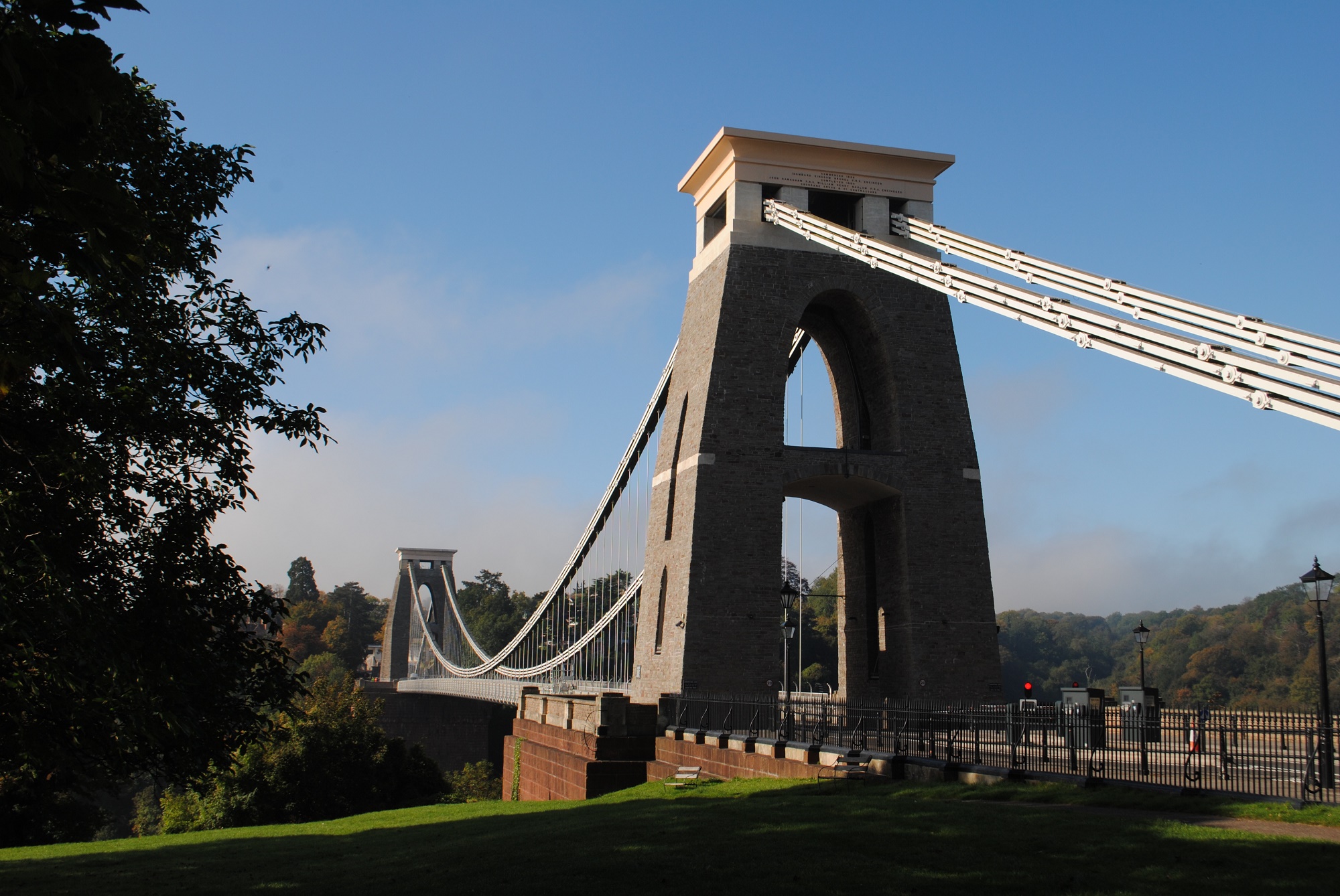Breaking Barriers: Engineering, Inclusion, and Legacy with the first female Bridge Master at Clifton Suspension Bridge
 Credit: Jon Craig Photos
Credit: Jon Craig Photos
Attributed to Trish Johnson, Bridge Master at Clifton Suspension Bridge Trust
In the heart of Bristol, the Clifton Suspension Bridge remains one of the UK’s most iconic engineering achievements. Designed by Isambard Kingdom Brunel and completed in 1864, it continues to serve as an important transport link while being home to Clifton Suspension Bridge Museum.
As the first female Bridge Master in its 160-year history, I’ve had the privilege of overseeing the bridge’s maintenance and preservation for the past nine years. My role is both operational and strategic, ensuring the structure remains safe, accessible, and future-ready while supporting the Clifton Suspension Bridge Trust. The Clifton Suspension Bridge Trust, a not-for-profit charity founded in 1953 that works to preserve this iconic Bristol landmark through ongoing maintenance and refurbishment.
Balancing heritage and innovation
For those in construction and civil engineering, the bridge is more than a historic landmark, it’s a living example of how to care for and sustain vital infrastructure over time. We’re currently delivering one of the most significant restoration programmes in its history, focused on preserving the original suspension chains. This work demands a careful balance of modern engineering techniques with the sensitivities of a Grade I-listed structure.
We use advanced monitoring systems, rigorous inspection regimes, and sustainable materials to ensure the bridge evolves with the needs of its users without compromising its heritage. It’s a reminder that infrastructure must be both resilient and responsive.
A career built on curiosity
My journey into engineering began over 35 years ago, driven by a love of problem-solving. I’ve worked on major infrastructure projects, including the Severn Crossing, and held leadership roles within the Institution of Civil Engineers (ICE). Without a family background in the field, I found my path through hands-on experience and the support of forward-thinking mentors.
That’s why I’m passionate about opening doors for others, especially women, into engineering and construction.
Inclusion drives innovation
Despite growing demand for engineering talent, women still make up just 15.7% of the workforce (EngineeringUK, 2024). The gender pay gap remains a concern, with ICE reporting a mean gap of over 20%. These figures highlight the need for inclusive recruitment, visible leadership, and targeted mentorship.
This isn’t just about fairness, it’s about performance. Diverse teams bring broader perspectives, challenge assumptions, and deliver better outcomes. As we face challenges like climate resilience and digital transformation, we need every voice at the table.
Mentorship Matters
Since 2023, I’ve mentored early-career engineers through the Women Like Me programme. These conversations are about more than technical skills—they’re about building confidence and helping women see themselves as future leaders.
Progress is being made. ICE’s female membership has doubled in the past 15 years. But we must go further—embedding inclusive practices into every level of our industry.
Looking ahead
As we mark International Women in Engineering Day on 23 June, I reflect on the legacy of the Clifton Suspension Bridge and the future of our profession. The UK has always been a nation of engineering pioneers. Now, we have the opportunity to lead again by building a construction industry that reflects the full diversity and talent of the communities it serves.


